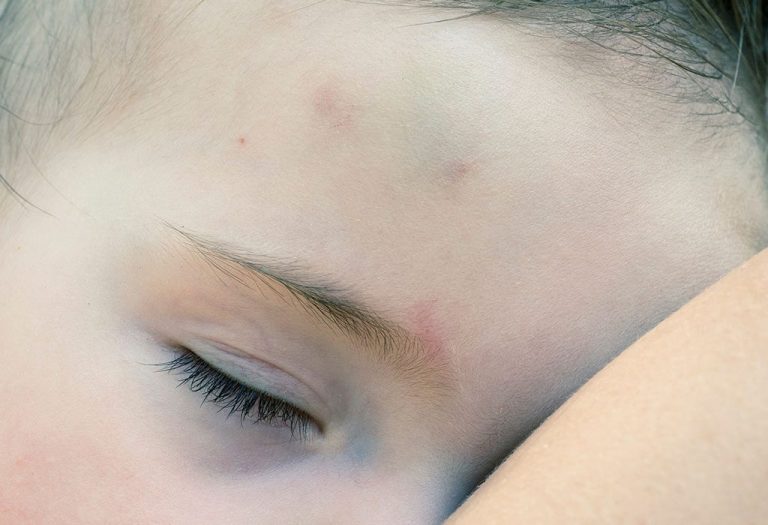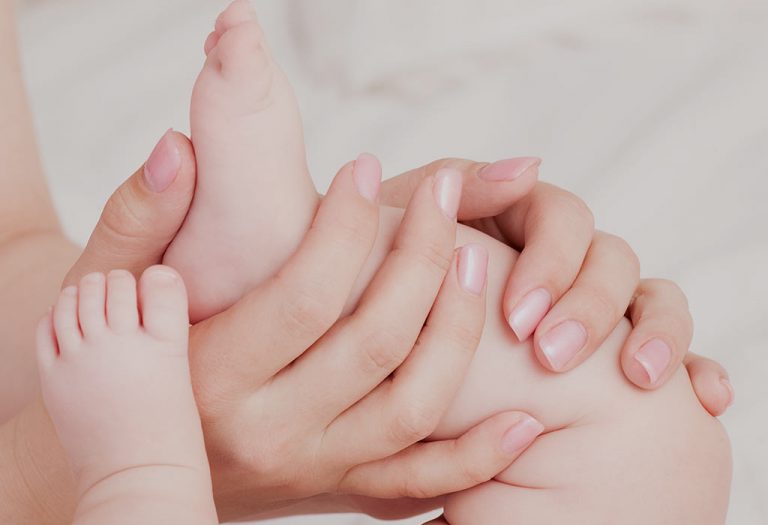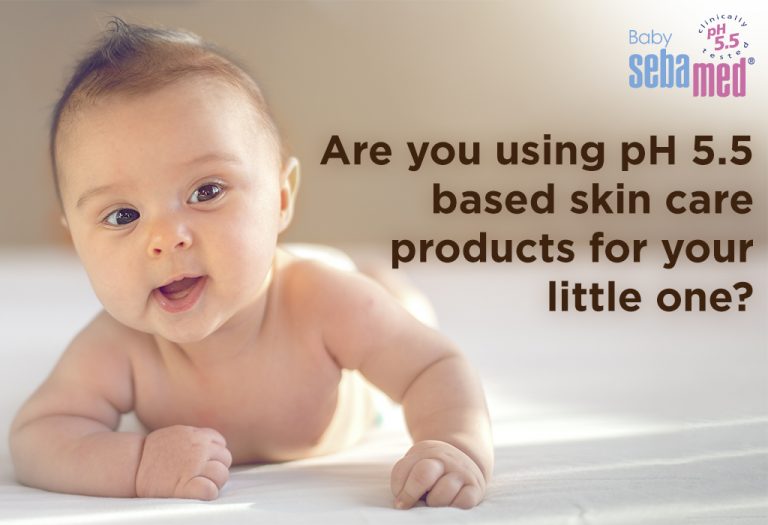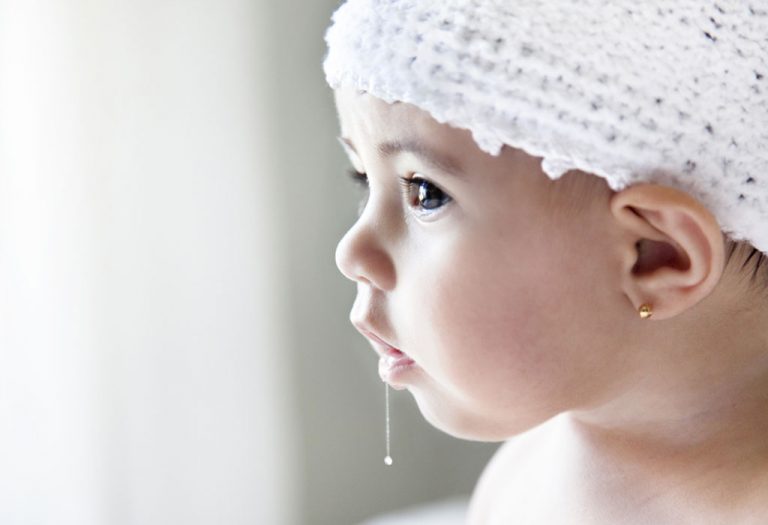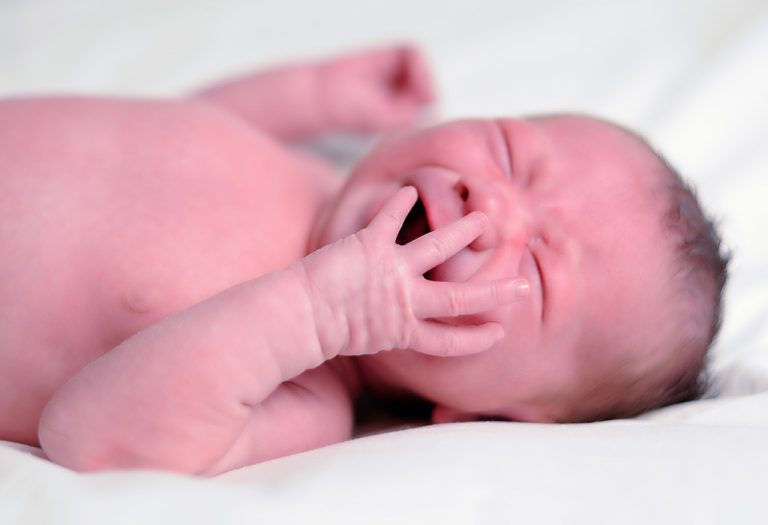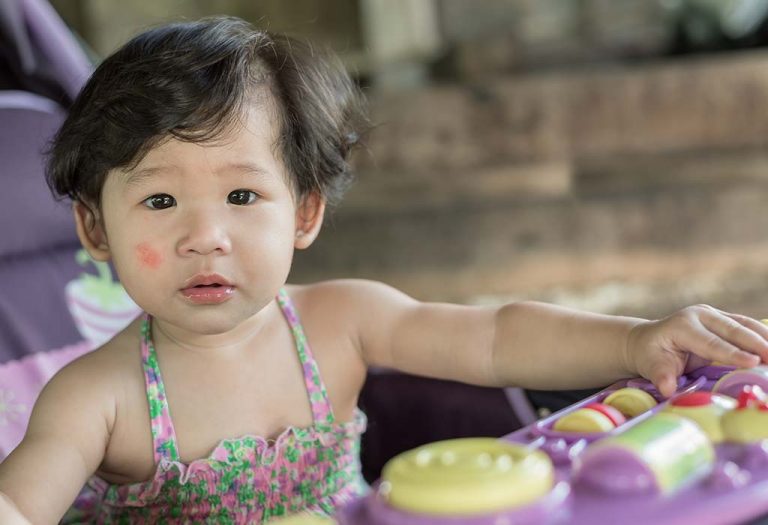Infant Bruising – Causes and Remedies

Discovering a bruise on your precious baby can be alarming, even terrifying. It’s a normal reaction to worry about your little one’s safety. But before panic sets in, it’s important to understand that bruises on newborns, while sometimes concerning, aren’t always a cause for alarm. There’s a wide range of reasons why bruises might appear on a baby’s delicate skin. From accidental bumps and bruises to more serious underlying conditions, the causes can vary greatly. This guide aims to equip you with the knowledge to differentiate between harmless marks and potential red flags. You can ensure your baby’s health and well-being by understanding the different types of bruises, their possible causes, and when to seek professional medical advice. Let’s work together to understand infant bruising.
Do Babies Bruise Easily?
Yes, babies can bruise easily due to several factors. Their skin is delicate and thinner than that of older children and adults, making them more susceptible to bruising from minor bumps or falls. Additionally, infants and young children are still developing motor skills and coordination, which can lead to more frequent tumbles and impacts as they explore their environment. It’s also important to note that some babies may naturally bruise more easily than others due to genetic factors or differences in skin sensitivity.
What Causes Bruises in Babies?
Babies may suffer bruises in the advent of a small trauma resulting from a fall, tumble or bump. Consequentially the blood vessels beneath the baby’s delicate skin may experience microscopic tears and as the blood starts to leak, haemorrhage leads to a black and blue bruise mark being formed on the skin. The bruise may persist until the blood gets absorbed by tissues, which usually takes a few weeks. With the passage of time, the colour may change to a greenish-yellow.
In very rare cases, bruises in babies may be associated with an inherited blood-related disorder like liver cirrhosis, haemophilia, etc., particularly if there are other symptoms like recurrent bleeding gums or nosebleeds.
Unexplained bruises on a baby can also be a sign of some physical abuse. Bruises on the torso, neck, ears may be prognostic of child abuse as these body areas are not likely to be bruised in normal day to day activities of a baby.
How Can You Treat Your Baby’s Bruises?
Most baby bruises usually heal in due course of time, even though they may look quite bad. Here are some useful ways to treat your baby’s bruises:
- Placing an ice pack wrapped in a thin towel or soft cloth over your baby’s bruise for a few seconds at a given time may prove helpful. Applying the cold pack at regular intervals, especially during the initial few hours of getting a bruise, may help to lessen swelling and discomfort.
- Elevating the bruised body part above the level of the heart, if possible, may help in decreasing the amount of blood flow to the affected area.
- In case the bruise seems painful, as in your baby cries when his bruise is touched, consult a doctor who may prescribe some safe painkillers like acetaminophen.
- The degree of bruising depends on the force of the trauma. An intense blow may result in severe bruising. In such instances, it is also essential to check the baby for any internal injury which may not manifest on the surface.
- Ensure that your baby gets adequate rest, which may augment the body’s natural healing process. Shower your baby with lots of hugs, cuddles and love to ease his distress.
When Should You Take Baby to a Doctor?
You should take your baby to a doctor in the following cases:
- In case you notice multiple bruises on your child’s body that seem unexplainable.
- If your baby has persistent bleeding gums or nosebleeds.
- If the bruise is painful even after a couple of days.
- If the bruise shows no sign of fading in 14 days.
- If a lump forms over the bruise.
- In case your baby bangs his head and develops a bruise behind his ear.
- Your baby has difficulty moving his leg or arm after bruising his knee, ankle or wrist, elbow respectively.
- If you notice significant swelling in and around the bruised area or any signs of infection like pus.
How to Prevent Bruises in Infants
It may not be entirely possible to prevent your baby from getting bruises. However, you can lower the possibilities by keeping in mind the following tips:
- Consider childproofing your home to protect your baby from bruises and bumps.
- You may also like to regulate your baby’s access to hazardous areas with door locks, safety gates and knob covers.
- Keep unsafe items locked up or simply put them out of your baby’s reach.
- Secure furniture which can fall over and attach edge guards to sharp corners to avoid your baby getting a bruise on his head.
- It is not advisable to leave your baby unattended while he is awake and active. Also, keep a watchful eye on your baby when he is playing with other kids.
- Be alert and attentive to unexplained bruising on the baby in case your baby is enrolled in a day-care or is under the care of a hired help. Address the problem immediately and don’t dismiss it as your mere doubt.
FAQs
1. Can teething cause bruising in babies?
Yes, teething can sometimes cause bruising in babies, known as “teething bruises.” As new teeth push through the gums, they can create pressure that leads to minor bruising on the gums or cheeks. These bruises are usually harmless and resolve on their own.
2. Are there any specific foods that can help reduce bruising in babies?
Certain foods rich in vitamin C and vitamin K can help support healthy skin and blood vessels, potentially reducing bruising. Foods like oranges, strawberries, broccoli, and spinach can be beneficial.
This was all about bruising and unexplained bruising on infants. Usually, bruises are considered trivial and may not require medical intervention. Most bruises tend to heal and disappear within a few days. But owing to the susceptibility of infants, it is sensible to take note of all the bruises that your baby may incur. In some cases, severe bruises can be indicative of internal underlying medical problems.
References/Resources:
1. Bruising in Babies: Normal or Not?; Riley Children’s Health: Indiana University School of Medicine; https://www.rileychildrens.org/connections/bruising-in-babies-normal-or-not
2. Bruising in Young Babies: Information for Parents and Carers; NHS Lothian; https://children.nhslothian.scot/parents-and-carers/bruising-in-young-babies-informationfor-parents-and-carers/
3. Bruising Questions: The What, Why, and How of Bruises; NIH; https://newsinhealth.nih.gov/2022/01/bruising-questions
4. Sugar. N, Taylor. J, Feldman. K; Bruises in Infants and Toddlers; JAMA Network; https://jamanetwork.com/journals/jamapediatrics/fullarticle/346535
5. My Child Has a Bruise: When Should I Worry?; Nationwide Children’s Hospital; https://www.nationwidechildrens.org/family-resources-education/700childrens/2021/10/child-bruise-when-to-worry
6. When Parents Should Worry about Bumps and Bruises; Johns Hopkins Medicine; https://www.hopkinsmedicine.org/health/conditions-and-diseases/insect-stings/when-parents-should-worry-about-bumps-and-bruises
7. Bruises; Nemours Kids Health; https://kidshealth.org/en/parents/bruises.html
Mongolian Spots in Babies
Port Wine Stain in Infants
Birthmarks in Newborn Baby
Salmon Patch (Stork Bites or Angel Kisses) in Newborns
Was This Article Helpful?
Parenting is a huge responsibility, for you as a caregiver, but also for us as a parenting content platform. We understand that and take our responsibility of creating credible content seriously. FirstCry Parenting articles are written and published only after extensive research using factually sound references to deliver quality content that is accurate, validated by experts, and completely reliable. To understand how we go about creating content that is credible, read our editorial policy here.






